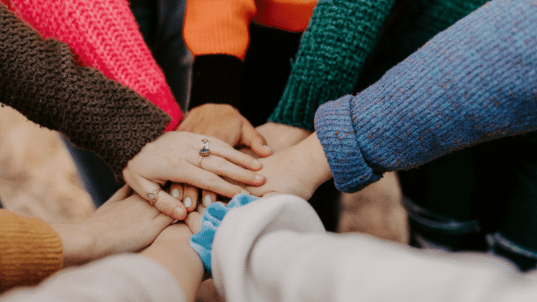
Photo by Monica Flores on Unsplash
It may be the most underappreciated yet impactful technology from the 20th century. And it’s a technology that is still evolving in the 21st. Few of us might even think of it as a technology in its own right. Closed captioning, which opened access to entertainment for those who are deaf or hearing impaired, now has the potential to open up the world to all of us. How did closed captioning come about? It’s a story of technology leading the way.
The technological basis for closed captioning began in the 1920s when the Bell Telephone System pioneered the development for telephone calls to be converted into written messages. When the movie industry included sound, there was a need to include captions with the visual images. It wasn’t until the 1950s that captions were used widely by the movie industry, but it took federal legislation to require it. However, television was slow to accept captioning.
Dr. Malcolm Norwood, who was deaf, held leadership positions in the U.S. Department of Education. He focused on education for those whose impairments limited their access to education. In the early 1970s, Dr. Norwood led the effort for public television station WBGH in Boston to provide captioning for an episode of Julia Child’s cooking show and a rebroadcast of ABC’s World News Tonight.
Closed captioning faced a problem in that a separate decoder device was needed. This somewhat restricted the service as the captioning process and the decoders were very expensive. The 1990 Television Decoder Circuitry Act mandated that all new TVs for sale in the U.S. with screens over 13” have built-in decoders.
The next advance in captioning came with the capability to caption live broadcasts (e.g., awards shows, press conferences, sporting events), using specialized typists to provide real-time captioning.
With streaming now becoming the way most people watch TV, captioning has opened the world by making entertainment in other languages available to those who only know one language. Just imagine the cultural understanding that will evolve from being able to see and understand programming from other nations and in other languages. In addition, closed captioning has now become a way for viewers to acquire language skills. Captioning has essentially become a cultural awareness tool that has the potential to open a wider world of human culture. And it’s available on screens almost anywhere, eliminating barriers that used to separate us.
* * *
A typist who provides real-time captioning can make over $100,000 a year.
This is part of our “Just Imagine” series of occasional posts, inviting you to join us in imagining positive possibilities for a citizen-centered democracy.



